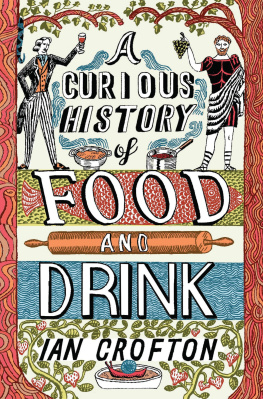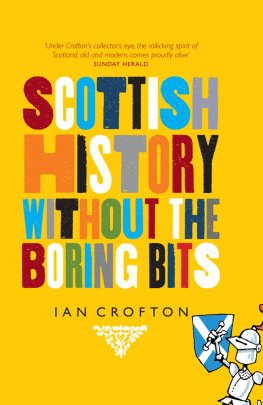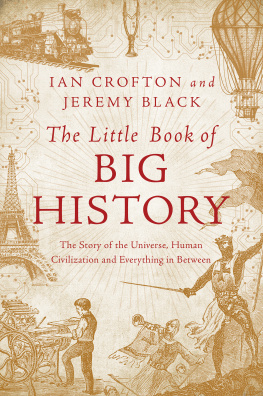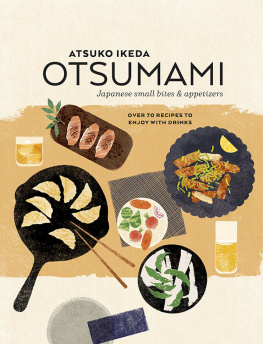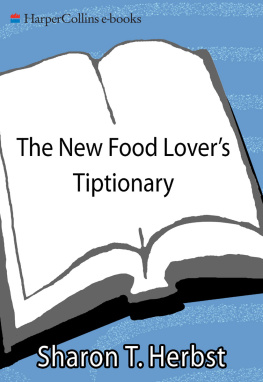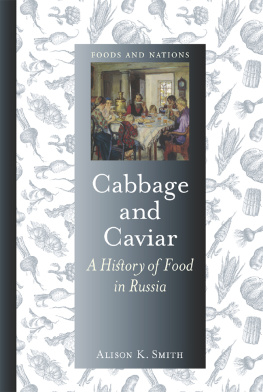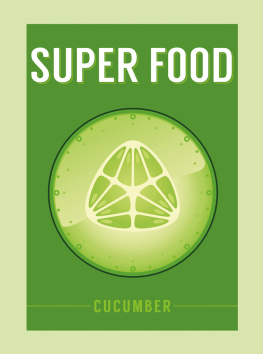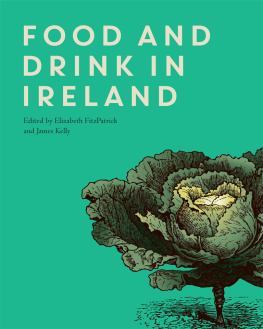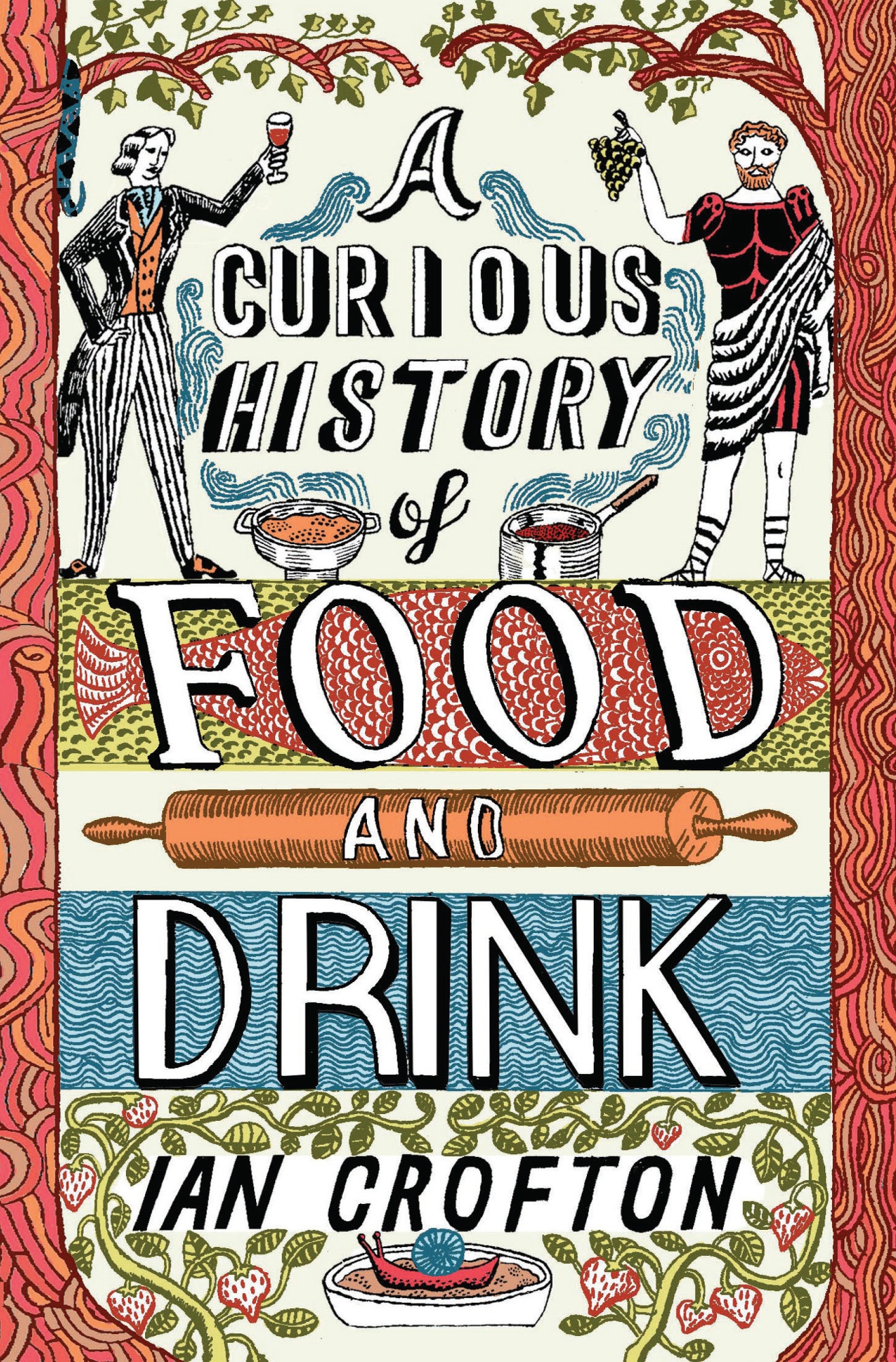
A Curious History of Food and Drink
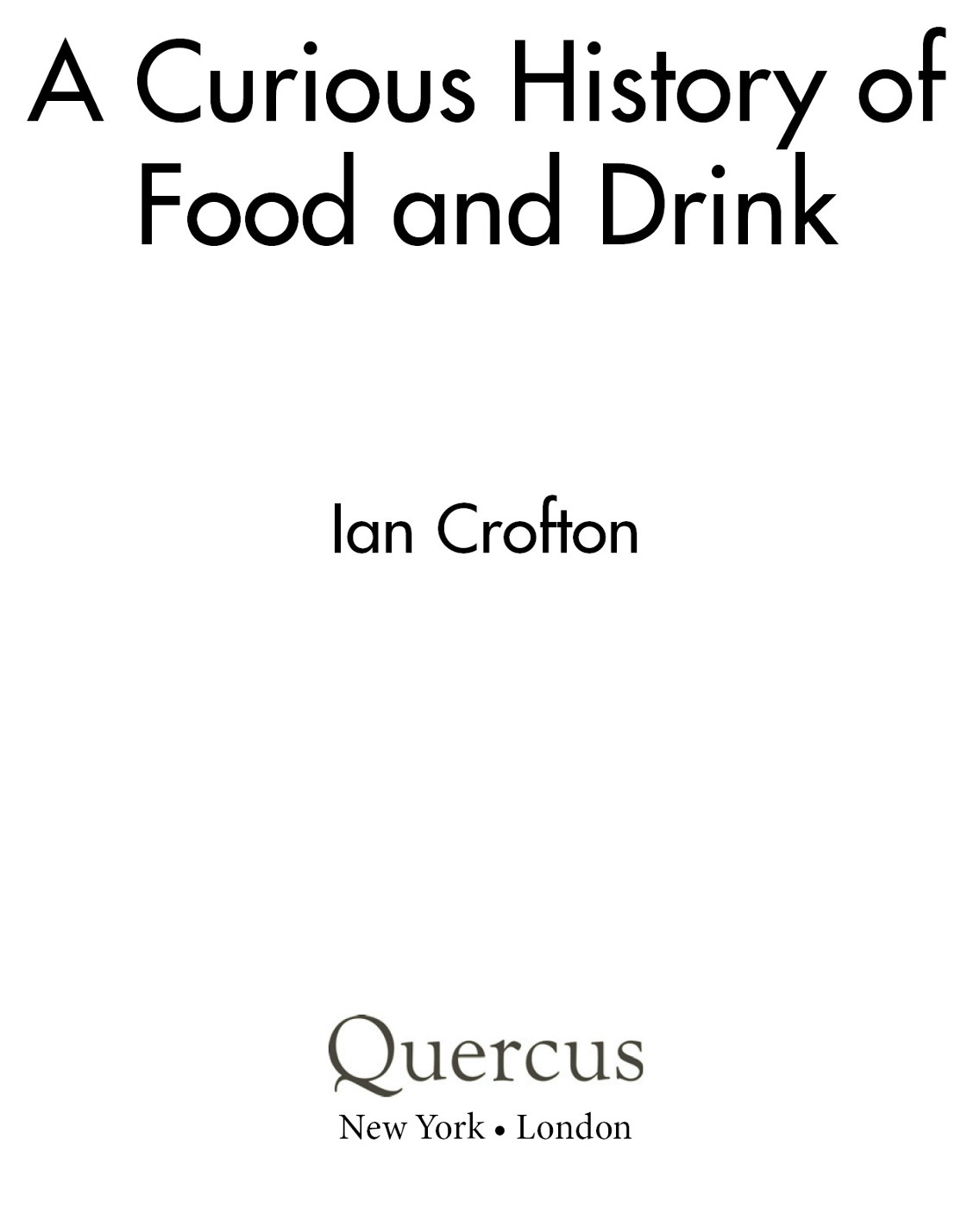

New York London
2013 by Ian Crofton
First published in the United States by Quercus in 2014
All rights reserved. No part of this book may be reproduced in any form or by any electronic or mechanical means, including information storage and retrieval systems, without permission in writing from the publisher, except by reviewers, who may quote brief passages in a review. Scanning, uploading, and electronic distribution of this book or the facilitation of the same without the permission of the publisher is prohibited.
Please purchase only authorized electronic editions, and do not participate in or encourage electronic piracy of copyrighted materials. Your support of the authors rights is appreciated.
Any member of educational institutions wishing to photocopy part or all of the work for classroom use or anthology should send inquiries to .
Cover illustration by John Broadley
e-ISBN: 978-1-62365-826-7
Distributed in the United States and Canada by
Hachette Book Group
237 Park Avenue
New York, NY 10017
www.quercus.com

Navigation
Just when humans first became cooks will probably never be known for certain, although circumstantial evidence indicates that it may have been almost 2 million years ago. Even before that time, our ancestors must have experimented with a wide range of raw wild foodsnot just meat, fish, and insects, but also fruits, nuts, grains, and fungi. No doubt there were instances of heroic self-sacrifice (or sheer greed and stupidity) when certain individuals found they could not resist a particularly alluring bunch of shiny red berries, or that patch of pretty yellow toadstools. Their uncomfortable ends no doubt provided a direand evolutionarily usefulwarning to others.
By and large, humansespecially in the Westhave narrowed the range of foods that they willingly consume, as compared to what they could consume. Insects and their grubs have pretty much disappeared from the menu, although in these pages you will find such delicious snacks as succulent honey ants, crispy cockchafer larvae, and cicadas dipped in chocolate. The Romans delighted in such dishes as the teats of sows and cows, rabbit fetuses, andif they could get hold of themthe brains of pheasants and flamingos. Today, however, our willingness to eat all parts of a slaughtered animalsurely an ethical imperative if one is going to eat meat at allis very much on the decline. For example, cows udder, which so pleased Samuel Pepys, is now rarely encountered, while the consumption of testicles (in the English-speaking world at least) is largely restricted to the more boisterous regions of the American West.
Similarly, our ancestors would consider cooking and eating any wild animal that came their wayfrom elephant, giraffe, and hippo, to squirrel, badger, and even fox (apparently not worth the effort). The nutritional value of such foods cannot be doubted, but the same cannot be said for sawdust, or grass mowings, or mud from the bottom of Lake Victoriawhich have all had their enthusiastic, if eccentric, advocates.
A Curious History of Food and Drink does not just deal with unusual foodstuffs, however. There are descriptions of bizarre and extravagant banquets, both real and fictional, from the Feast of Trimalchio in the Satyricon (in which one of the highlights was live fish swimming in wine) to the dinner of the Company of the Saucepan in Renaissance Florence, which featured a temple made of sausages, Parmesan, gelatin, sugar, and marzipan. Then, in contrast, there was the The Banquet of the Underfed, described by a sixteenth-century Bolognese poet, which included such dishes as fly-head pie, jellied bats foot, and stewed spleen of spring frog. Securing enough to eat was also on the minds of the fifteen-thousand-strong crowd who gathered in Denby Dale in Yorkshire in 1846 to grab their share of the giant pie baked to celebrate the repeal of the Corn Laws, which had kept so many hungry for so long.
This book also contains numerous accounts of the origins of various dishes, from chicken Marengo, Spanish omelet, and Nesselrode pudding, to sandwiches, Sachertorte, and tournedos Rossini. It turns out in many cases that the popularly peddled tales of these culinary births are not necessarily as historically sound as we previously thoughtbut why spoil a good story.... In addition, throughout the book the reader will find various historical recipes, from the Roman sauce made from fermented anchovy guts to the mock fish conjured out of ground rice in the darker days of the Second World War. Then there is the Renaissance peacock served in its feathers and with flames coming out of its mouth, a medieval English recipe for lamprey cooked in its own blood, and a twelfth-century Indian kings favorite dishroast rat. None of these recipes have been tested by the present author and are included for historical interest only. It goes without saying that readers attempting to follow any of these recipes do so entirely at their own risk....
A Curious History of Food and Drink also pays attention to the more human dimensions of culinary history. Thus we hear from Pope Gregory the Great on the five forms of gluttony and Gautama Buddha on the five worldly benefits of porridge; from Benjamin Franklin on the avoidance of asparagus-scented urine and William Cobbet on the detrimental consequences of drinking teaplus D. H. Lawrence on Spanish wine, Kingsley Amis on Spanish food, P. J. ORourke on French cheese, and Miss Piggy (an underappreciated authority) on the best way of avoiding snails. Then there is the Greek philosopher Democritus surviving on the smell of freshly baked bread, Cleopatra vying with Mark Antony to see who could put on the most lavish feast, Moctezuma taking chocolate to boost his amatory appetites, and the French chef who was so ashamed when the fish did not arrive in time for a royal banquet that he ran himself through with his own sword. In more recent times one might mention Fatty Arbuckles talents with custard pies, Marilyn Monroes stint as the Artichoke Queen of Castroville, the deadly aversions of Presidents Nixon and Bush Senior for certain green vegetables, and astronaut John Glenn getting into trouble over a corned-beef sandwichnot to mention Monsieur Mangetout (the man who ate an entire light aircraft), the musical and gastronomic talents of the Viennese Vegetable Orchestra, and Lady Gagas campaign against Baby Gaga, the ice cream made from human breast milk.
The great French gastronome Jean Anthelme Brillat-Savarin famously declared The discovery of a new dish confers more happiness on humanity than the discovery of a new star. This book is for all those food lovers who are ever eager to hear about new, strange, and wonderful dishes (although they may draw the line at human flesh, which crops up in these pages every now and again). A Curious History of Food and Drink is definitely not for those to whom, in Brillat-Savarins words, nature has denied an aptitude for the enjoyments of taste. Such people, Brillat-Savarin continues, are long-faced, long-nosed and long-eyed; whatever their stature, they have something lanky about them. They have dark, lanky hair, and are never in good condition. It was one of them who invented pants. Those who sit back after a good meal and happily loosen their belts may feel inclined to agree. It is to them that this book is dedicated.
Next page
